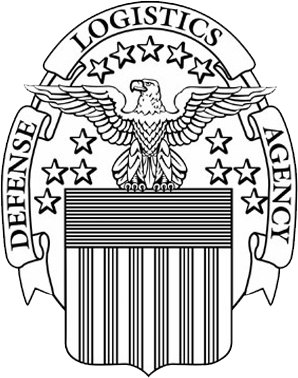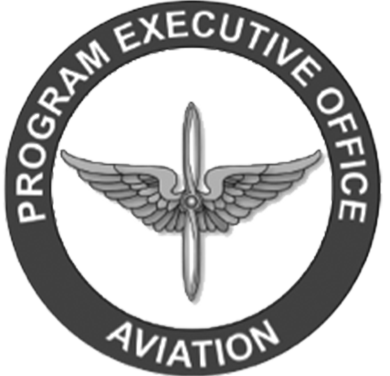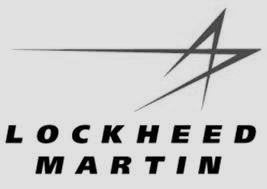In the aerospace industry, or at least here at InterConnect Wiring, we use the term Synthetic Harness. Now I cannot remember if InterConnect came up with the term or if it was our customer, Lockheed Martin, but I do remember when it did come to fruition.

It was back in 1999 and InterConnect was asked to make something different than we usually do. Back then we predominately made F-16 wiring harnesses or F-16 loose wire assemblies (LWAs) also known as kits. Lockheed approached us and said, “Can you make a combination between a kit and a wiring harness?” and we said, “Yes, we can. What shall we call it?” That is when I think that Lockheed and InterConnect collaboratively decided to call it a Synthetic Harness. Recently I looked up the word “synthetic” in the dictionary and it says, “Not natural”.
Well, that makes sense.
When a wiring harness is made, all connectors are terminated on all ends, the harness is completely braided (or string tied), and all points are hooked up to the DITMCO test machine where the harness is tested for continuity and insulation resistance. In the case of a kit or LWA, wires are braided (individually or together as the drawing calls for) but no ends are terminated. Loose pieces of hardware like terminals, contacts, connectors, backshells, wafers, and shrink tubing are placed into individual bags, identified, then kitted together (with the braided wires) into a large bag to form a LWA. Kits are mostly used on upgrade programs to alter a current aircraft configuration to a new, different or better one, such as the F-16 Taiwan and the F-16 Indonesia upgrade programs we recently completed with Lockheed Martin. In the past, InterConnect has produced many kits for its customers like the F-16 CCIP and the F-16 NVIS programs, to name a few. Touch here to see an example of a kit.
Now back to a synthetic harness. When an aircraft harness is completely made, and all points (ends) are terminated; we can call that a natural harness. When a kit is made and obviously no points are terminated; we can call that a natural kit or LWA. So, to come up with a Synthetic Harness, you combine a wiring harness and a kit. Therefore, a Synthetic Harness is a harness that has one connector that is terminated to the wires and the other ends of the wires are floated (not terminated). Then, the synthetic harness is coiled up, bagged, and kitted along with the loose parts (connectors, contacts, tubing, etc.) that will be terminated at a later time.
The obvious question now is, “Why would Lockheed Martin, L-3, Boeing, Bell Helicopter, or Sikorsky want to buy a Synthetic Harness?” Good question. The main reason that a synthetic harness is ordered is when the length of the wires are not known enough to terminate both (or multiple) ends. The one end that is terminated with the connector is installed in the aircraft and the loose wires are routed to the other appropriate aircraft locations. After routing in the aircraft, the wires are then cut to “as needed” lengths and then terminated to the connectors.
I hope you now understand what a synthetic harness is and I didn’t just confuse you even more! I also really hope that you are enjoying our bi-monthly blogs and are learning everything there is to know about electrical aircraft systems. Please be sure to check us out on Facebook, twitter, You Tube, LinkedIn, and Instagram! There are many pictures of serious, silly, and fun InterConnect activities. I’m not sure why there are so many photos of me!!



























